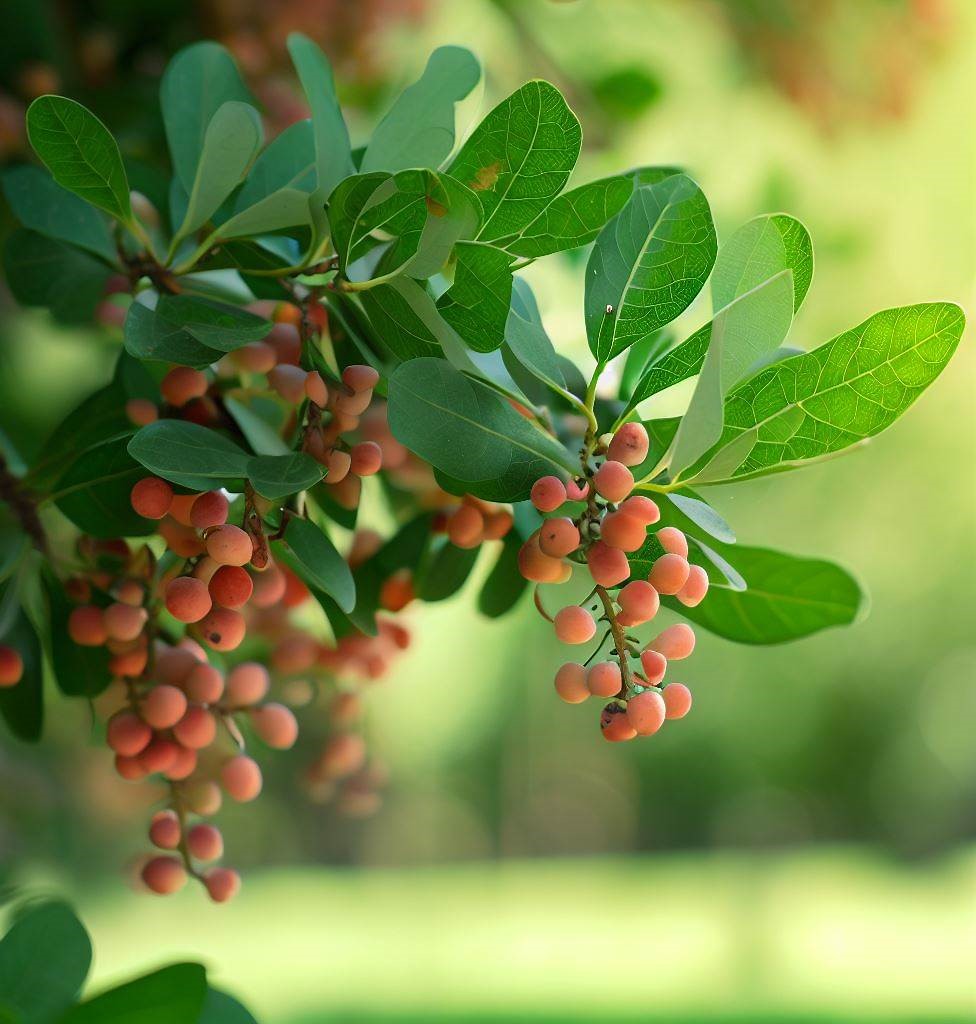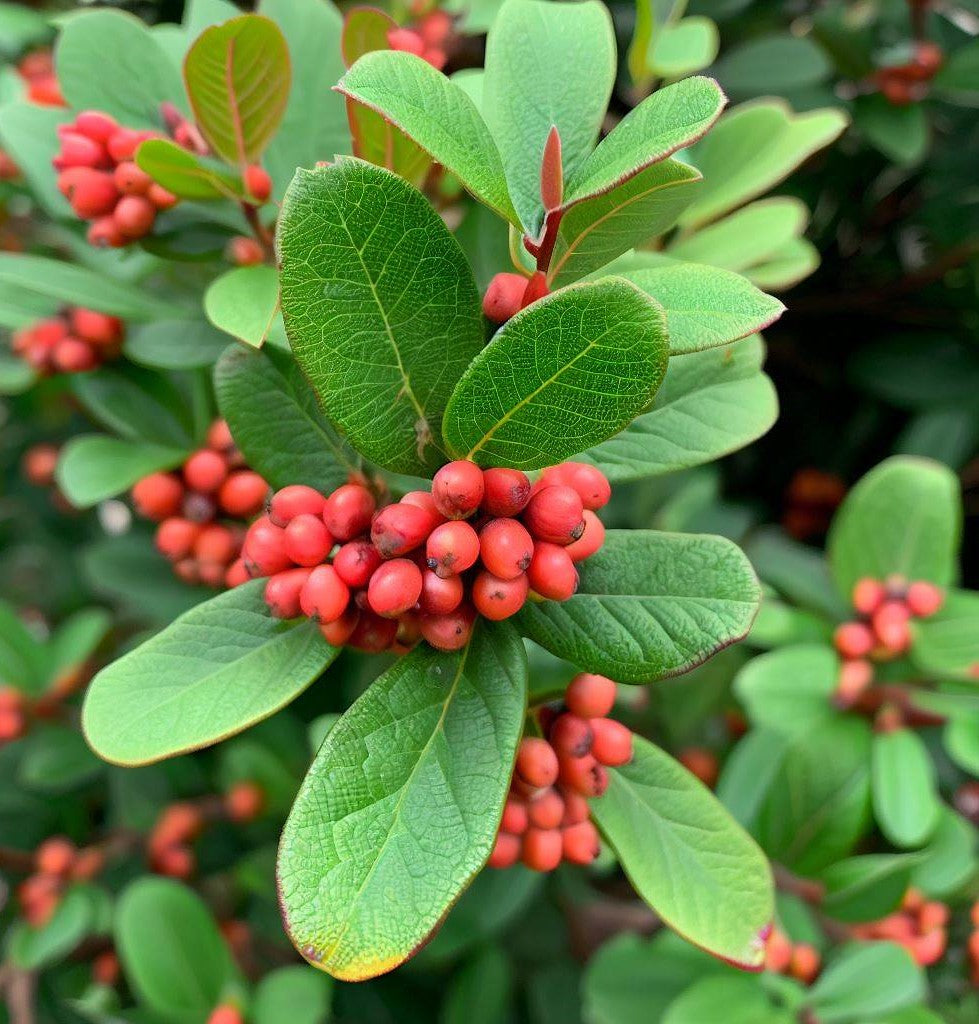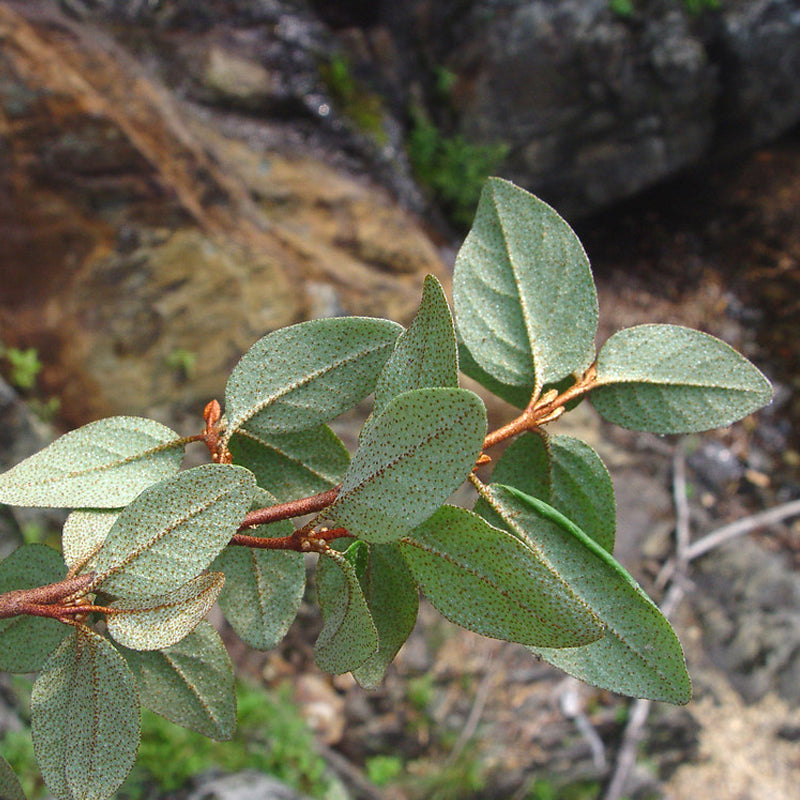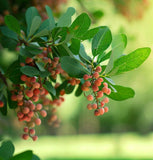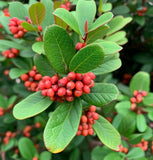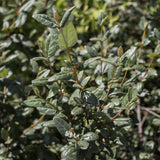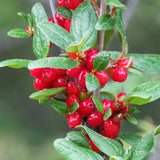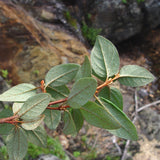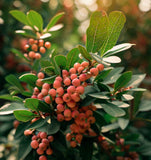Shepherdia canadense (Canada Buffaloberry, Foamberry, Russet Buffaloberry, Soapberry, Soopolallie)
Shepherdia canadense (Canada Buffaloberry, Foamberry, Russet Buffaloberry, Soapberry, Soopolallie) is a deciduous shrub native to North America. Russet Buffaloberry is a medium-sized shrub that typically grows to a height of 6 to 10 feet (1.8 to 3 meters). It has dense, twiggy branches and small, silver-green leaves that are narrow and elongated.
Berries: The berries of Shepherdia canadense are the main feature of the plant. They are small, round, and have a russet or reddish-brown color, giving rise to the common name "Russet Buffaloberry." The berries are edible but are usually tart and astringent, often described as having a cranberry-like flavor. They can be consumed fresh, dried, or used in various culinary preparations, such as jams, jellies, and sauces.
Habitat and Range: Russet Buffaloberry is native to North America, specifically the northern and central regions, including Canada and parts of the United States. It is commonly found in open areas, such as prairies, meadows, and forest edges. The shrub is well-adapted to harsh environmental conditions and can tolerate a range of soil types.
Ecological Importance: Shepherdia canadense plays a role in supporting wildlife and ecological systems. The berries provide a food source for various bird species, including grouse, songbirds, and game birds. The shrub also offers cover and nesting sites for birds and small mammals. Additionally, it is a nitrogen-fixing plant, which means it has the ability to convert atmospheric nitrogen into a form usable by other plants, contributing to soil fertility.
Cultivation and Uses: Russet Buffaloberry is occasionally cultivated for its edible berries, ornamental value, and erosion control. However, it is not as commonly cultivated as some other berry-producing shrubs. The berries are highly acidic and often require sweetening or cooking to make them palatable.
Traditional Uses: Indigenous peoples of North America have historically used Russet Buffaloberry for various purposes. The berries were consumed fresh, dried, or cooked, and were an important food source, particularly during the winter months. The shrub also held cultural significance and was used for medicinal and ceremonial purposes.
Botanical Name : Shepherdia canadense
Common Name : Russet Buffaloberry, Soopolallie
Height : 10- 15 ft
Spread : 5 ft
Germination Info : Seed requires 60-90 days cold moist stratification.
Hardiness zone : 2-7
Other info : Non legume that fixes atmospheric nitrogen.
Average seed per ounce : Approx. 3438

